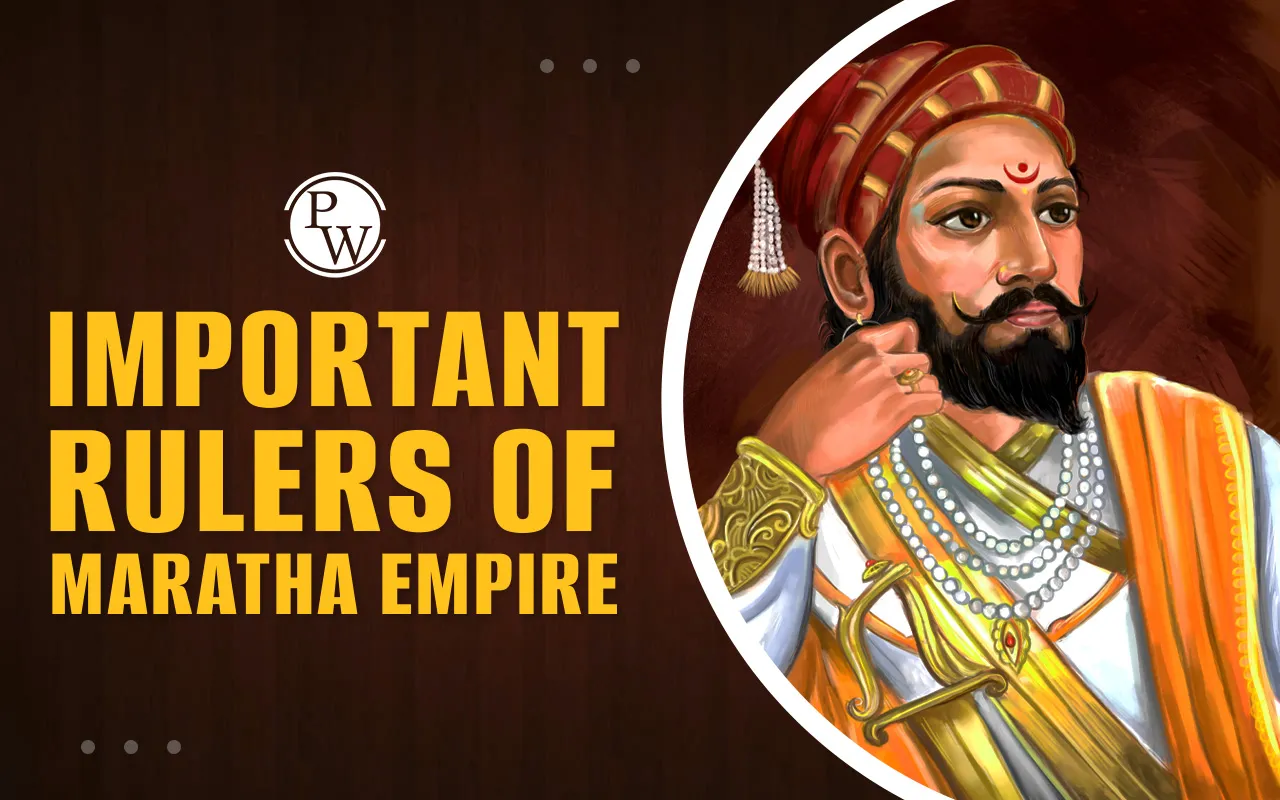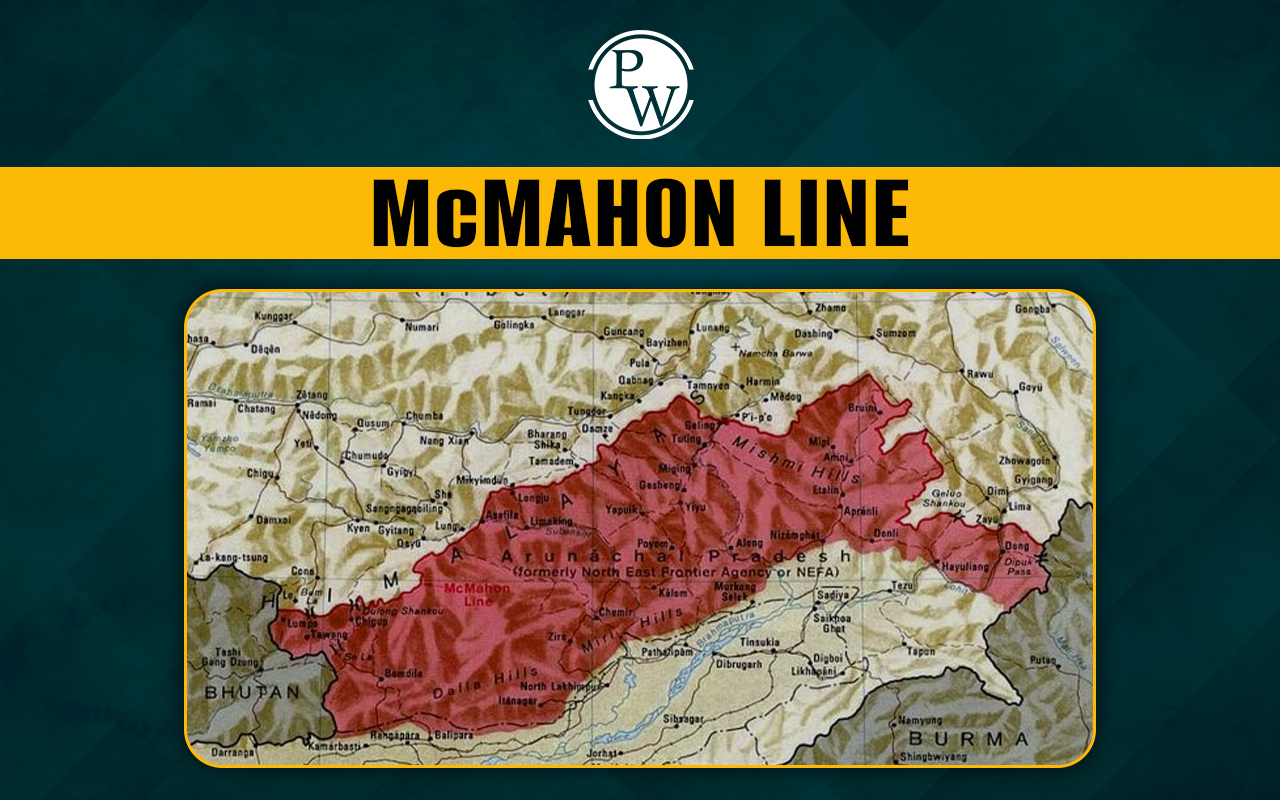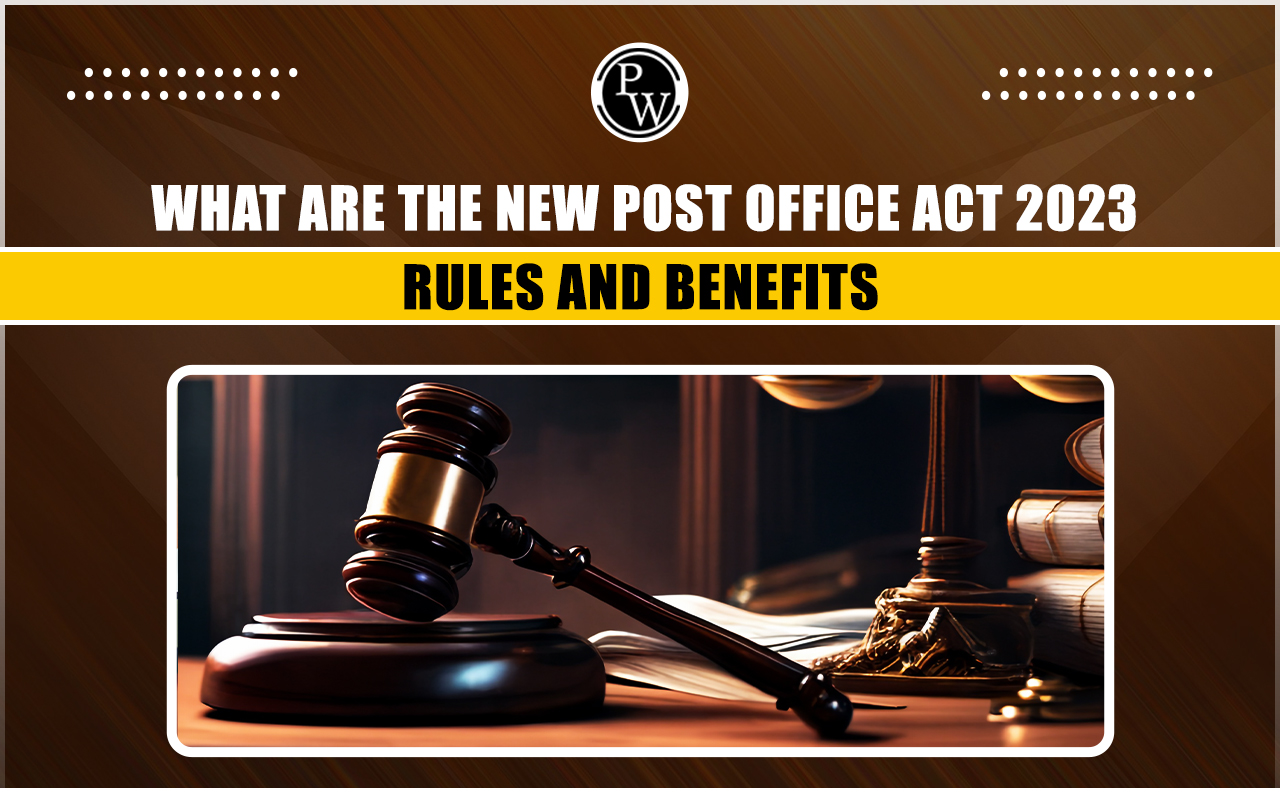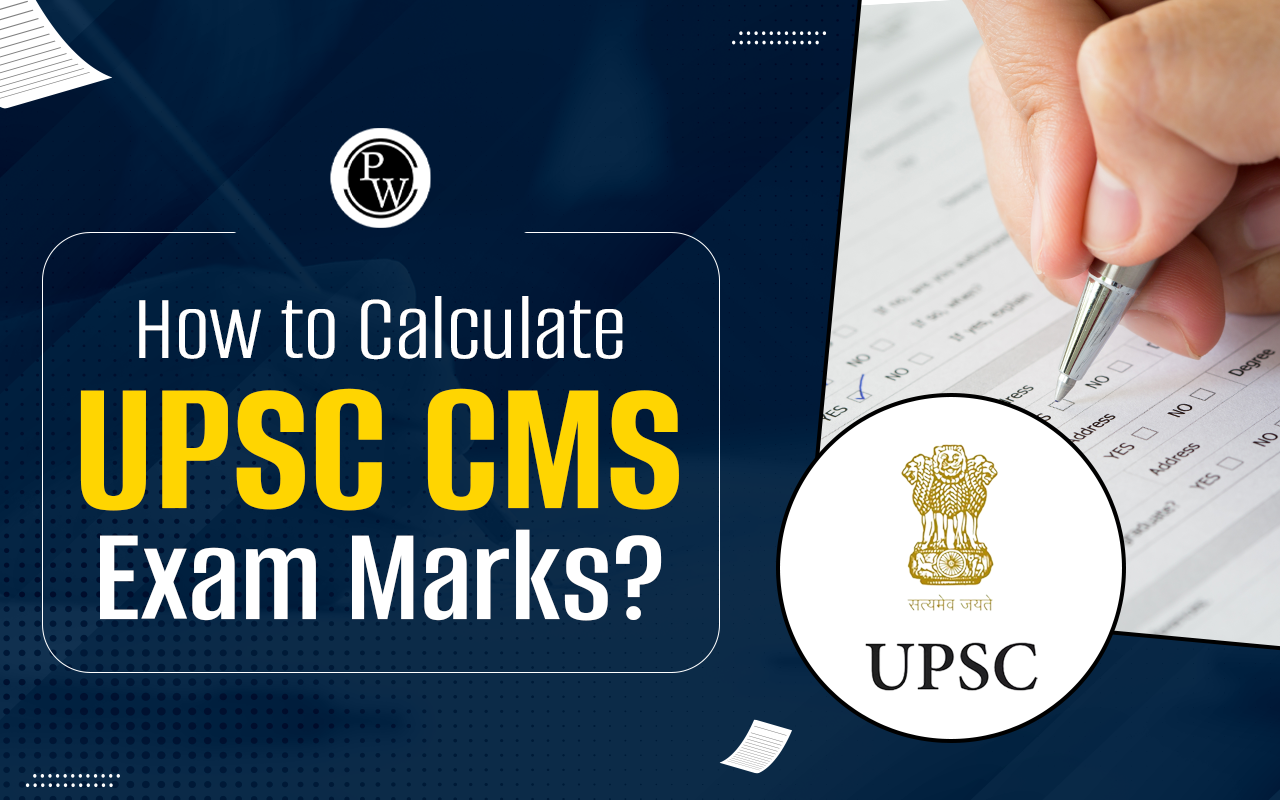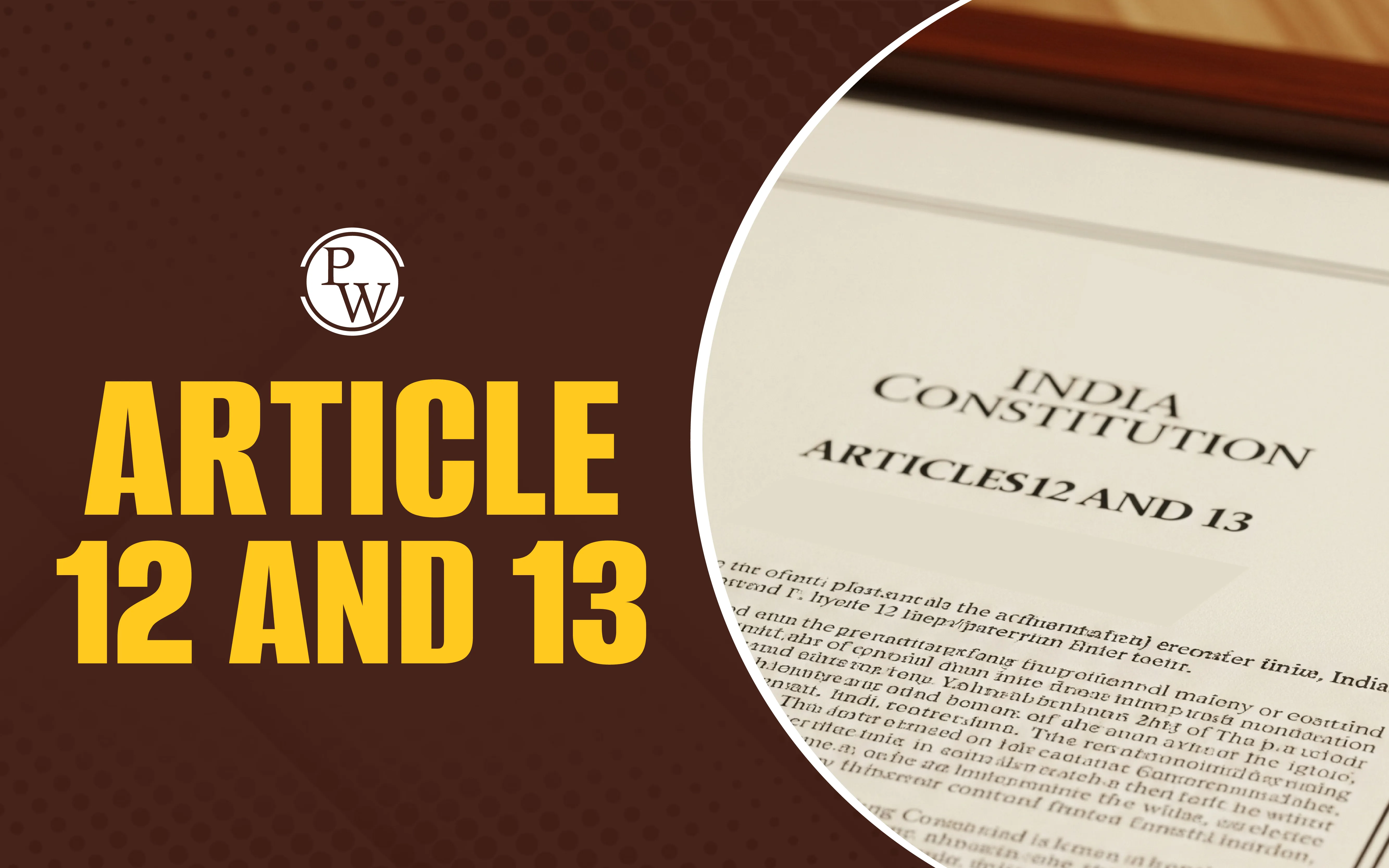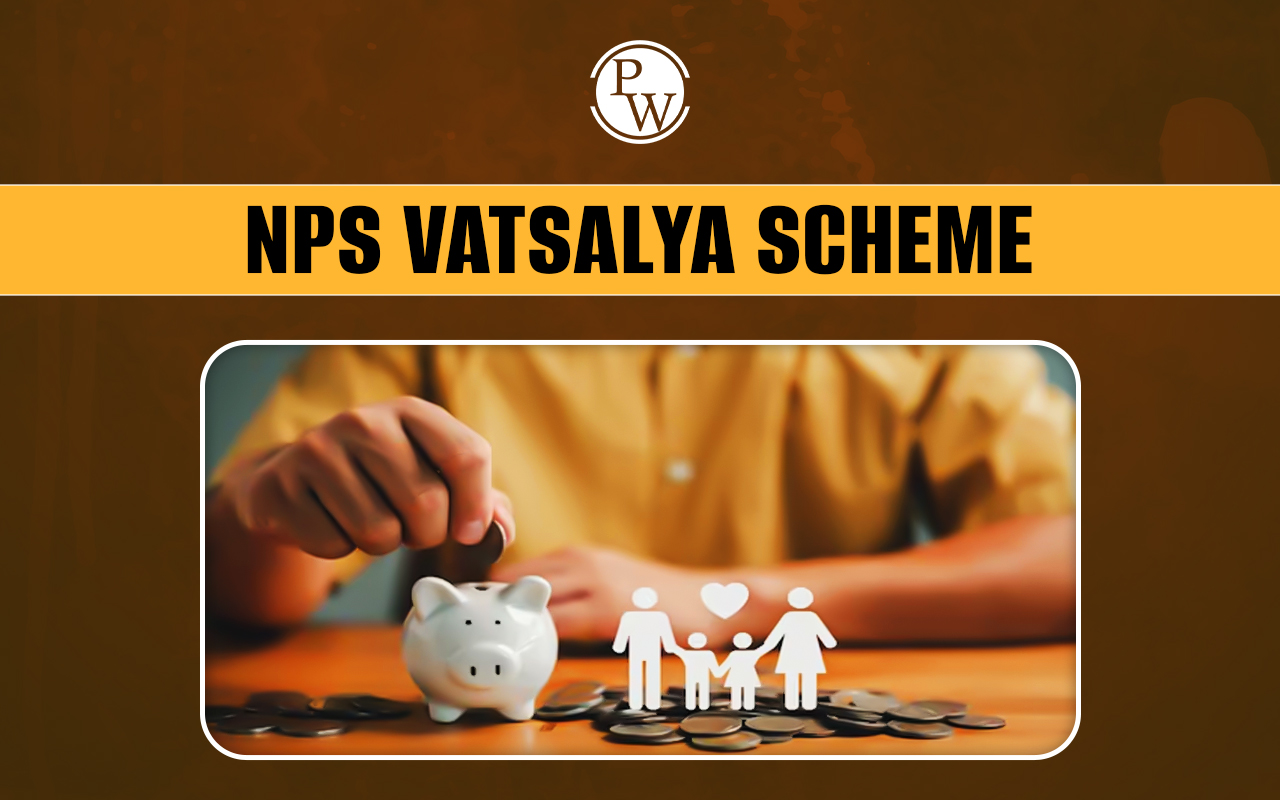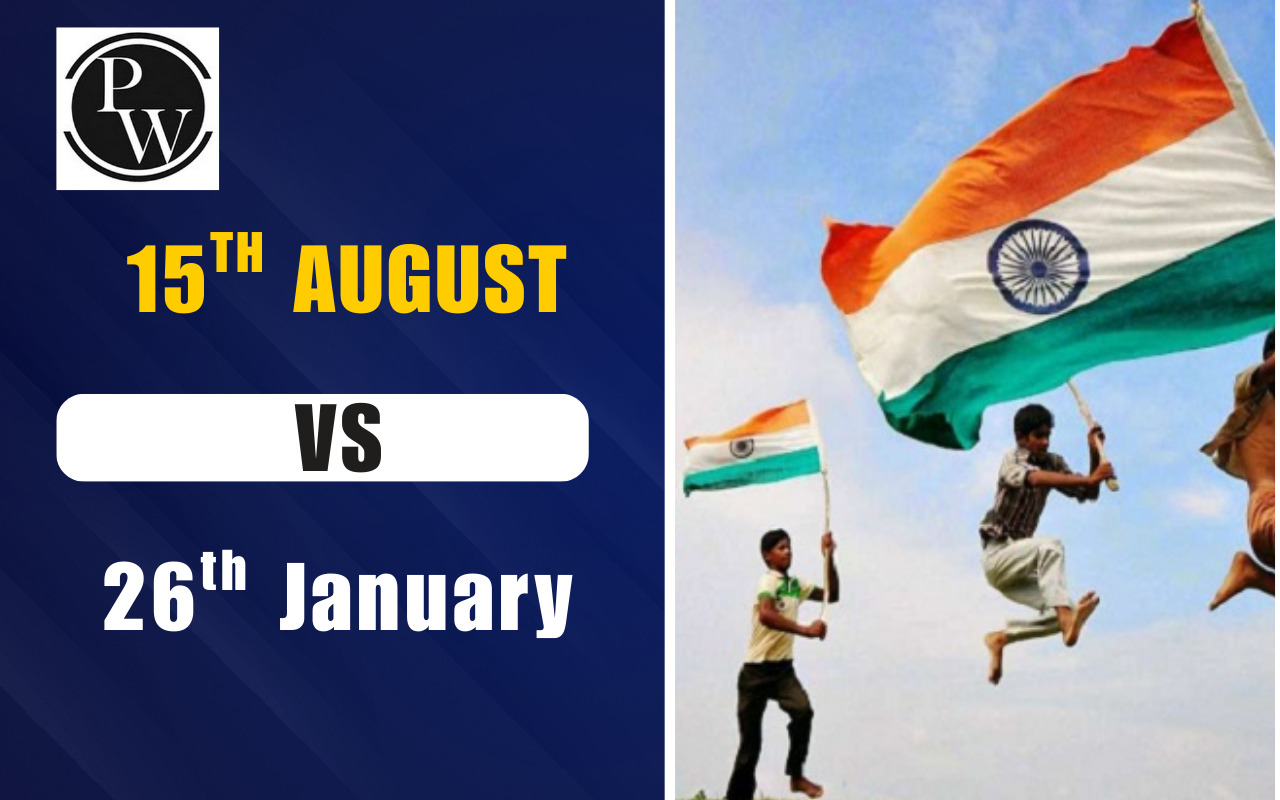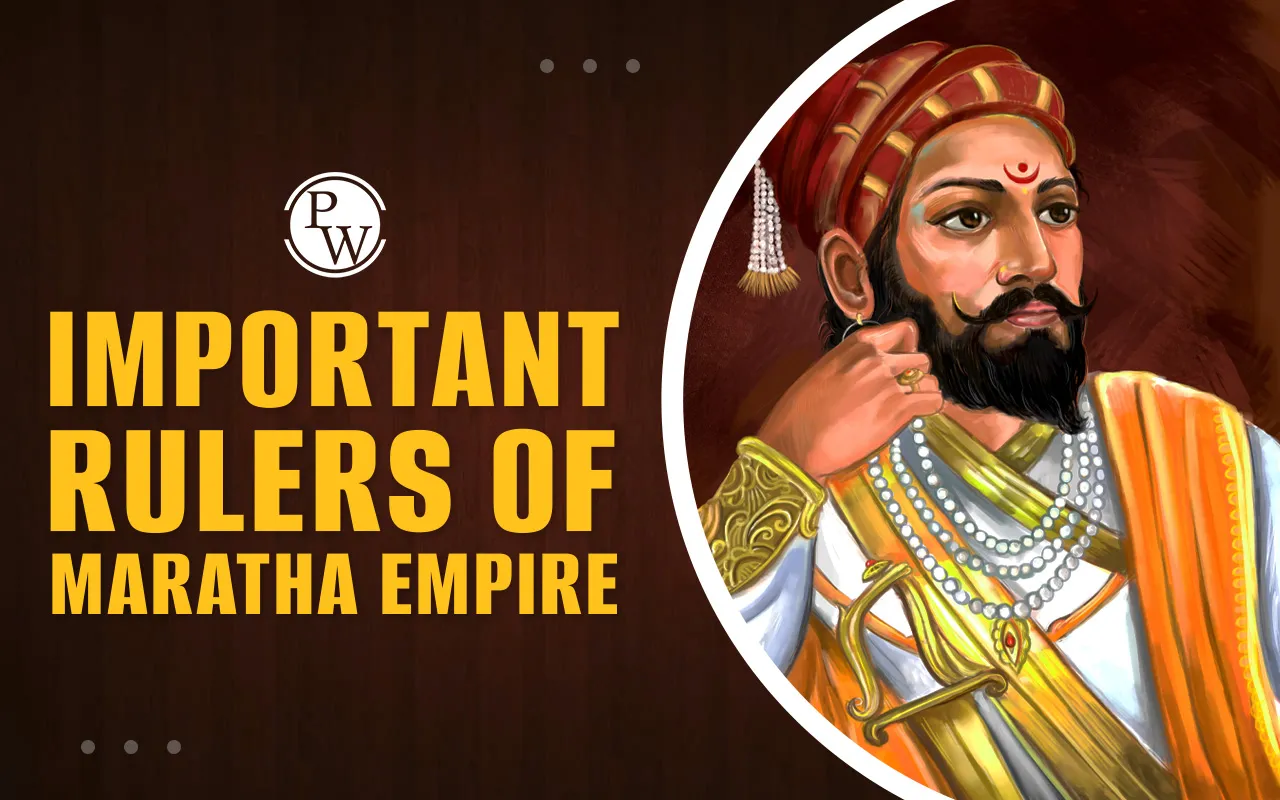
Important rulers of Maratha Empire are leaders who made the empire one of the most powerful and influential kingdoms in Indian history. These rulers not only defended the empire against foreign invaders like the Mughals and the British but also strengthened the Maratha identity.
Founded in the 17th century, the Maratha empire played a crucial role in shaping the political and cultural landscape of India. It expanded across vast regions of India, and important rulers of Maratha Empire are remembered for their strong military skills, smart strategies, and important contributions.
About the Maratha Empire
The Maratha Empire was a dominant power in India from the late 17th to early 19th centuries. It was founded by Chhatrapati Shivaji Maharaj in 1674 and expanded significantly under his successors. The empire played a key role in resisting Mughal rule and later became a formidable force against British colonial ambitions.
Shivaji established a strong administrative system and a disciplined military, laying the foundation for the Maratha rule. His successors, including the Peshwas, expanded the empire across India. By the mid-18th century, the Marathas controlled vast territories, stretching from Tamil Nadu in the south to Punjab in the north.
List of Important Rulers of Maratha Empire
The Maratha Empire saw the rule of several great leaders who shaped its destiny. Here is a list of some of the most important rulers of the Maratha Empire:
Important Chhatrapatis Rulers
The title of Chhatrapati was given to the supreme ruler of the Maratha Empire. The Chhatrapatis were the central figures in Maratha leadership, playing crucial roles in the establishment, expansion, and administration of the empire. Here is a list of Chhatrapatis of the Maratha Empire along with their rule duration:
Chhatrapati Shivaji Maharaj (1674-1680)
-
Founder of the Maratha Empire and crowned Chhatrapati in 1674.
-
Introduced Swarajya (self-rule) and an efficient administrative system.
-
Built a powerful navy to protect the Konkan coastline.
-
Conducted successful military campaigns against the Mughals and Bijapur Sultanate.
Chhatrapati Sambhaji Maharaj (1681-1689)
-
Son of Shivaji, known for his bravery and resistance against the Mughals.
-
Defeated the Portuguese and Chikka Deva Raya of Mysore.
-
Fought against Aurangzeb but was captured and executed in 1689.
Chhatrapati Rajaram Maharaj (1689-1700)
-
He was the younger brother of Sambhaji.
-
Took refuge in Gingee Fort in Tamil Nadu after Sambhaji’s death.
-
Led guerrilla warfare against the Mughals to sustain Maratha rule.
Chhatrapati Shahu Maharaj (1707-1749)
-
Grandson of Shivaji, secured the throne becoming the fifth Chhatrapati following the short reign of Shivaji II.
-
Introduced the Peshwa system, granting administrative control to Balaji Vishwanath.
-
Expanded Maratha influence across India.
Important Peshwa Rulers
The Peshwas were key figures in the administration of the Maratha Empire and played a central role in its military and political strategies. Initially serving as prime ministers, the Peshwas gradually gained more power and became the de facto rulers in the 18th century. Here is the list of the Peshwas of the Maratha:
Balaji Vishwanath (Peshwa 1713-1720)
-
First Hereditary Peshwa from the Bhat Family.
-
Strengthened the empire’s financial and military systems.
-
Negotiated the release of Shahu Maharaj from Mughal captivity.
Baji Rao I (Peshwa 1720-1740)
-
A brilliant military strategist who expanded the Maratha Empire and established the Maratha Confederacy.
-
Defeated the Mughals and expanded Maratha rule to Malwa, Gujarat, and Bundelkhand.
-
Marathas became the dominant power in India during his reign.
Balaji Baji Rao (Nana Saheb) (Peshwa 1740-1761)
-
Continued Maratha expansion and established dominance in North India.
-
Led the Marathas during the Third Battle of Panipat (1761) against Ahmad Shah Abdali.
Madhav Rao I (Peshwa 1761-1772)
-
Revived the Maratha Empire after the loss at Panipat.
-
Focused on stabilizing the empire, reviving its finances, and re-establishing law and order
-
Strengthened administration and restored Maratha influence.
Mahadji Shinde (Shinde Dynasty, 1761-1794)
-
Controlled Delhi and played a major role in North Indian politics.
-
Defended Maratha interests against the British and Afghans.
Baji Rao II (Peshwa 1796-1818)
-
The last Peshwa of the Maratha Empire.
-
Defeated by the British in the Third Anglo-Maratha War (1817-1818), leading to the empire’s collapse.
Also Check ‘Important Battles in Indian History’
Difference Between Chhatrapati and Peshwa
The Chhatrapati and Peshwa were two distinct positions in the Maratha Empire. The Chhatrapati was the sovereign ruler, while the Peshwa was the prime minister who handled administration and military affairs.
Over time, the Peshwas became more powerful than the Chhatrapatis, effectively controlling the Maratha administration. This shift in power was one of the key dynamics that shaped the history of the Maratha Empire.
|
Maratha Chhatrapati vs Peshwa |
||
|
Feature |
Chhatrapati |
Peshwa |
|
Position |
Supreme ruler |
Prime minister |
|
Authority |
Head of the Maratha Empire |
Chief executive under Chhatrapati |
|
Role |
Symbol of sovereignty |
Military and administrative head |
|
Founder |
Shivaji Maharaj |
Balaji Vishwanath |
|
Power Shift |
Initially had full power |
Gradually became the real power center |
In conclusion, the Maratha Empire was one of the most powerful dynasties in Indian history. It played a crucial role in shaping India's political landscape. Despite its decline, the legacy of its rulers continues to inspire.
Want to learn Indian history for UPSC? Explore PW UPSC Courses for guidance and in-depth study material!
Important Rulers of Maratha Empire FAQs
How did the Marathas contribute to Indian history?
Who was the first Chhatrapati of Maratha?
Who was the most powerful Peshwa of the Maratha Empire?
What was the role of Peshwas in the Maratha Empire?
Who was the greatest ruler of the Maratha Empire?

